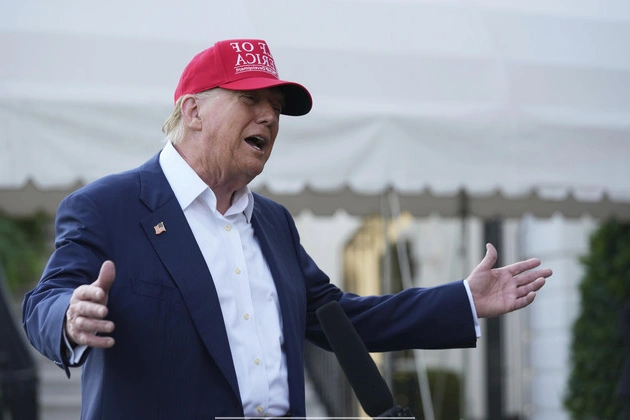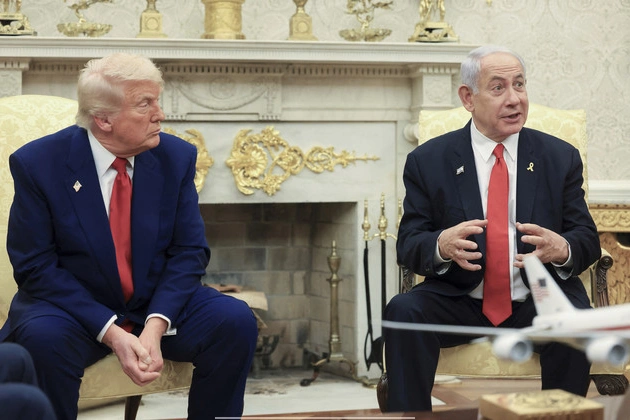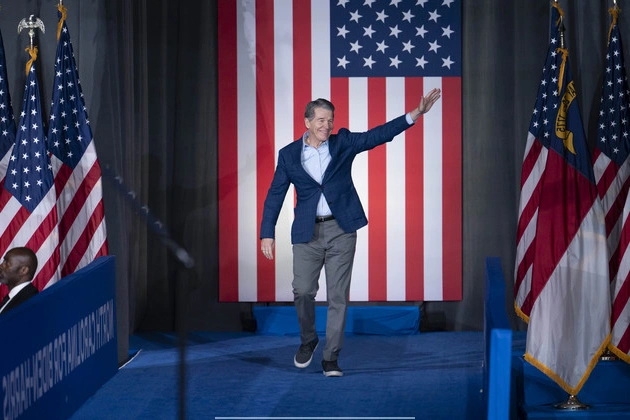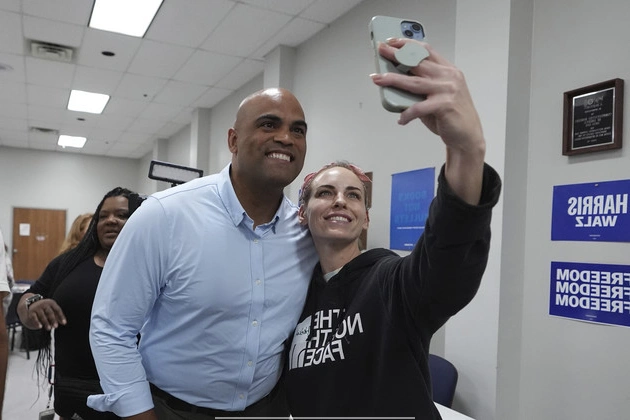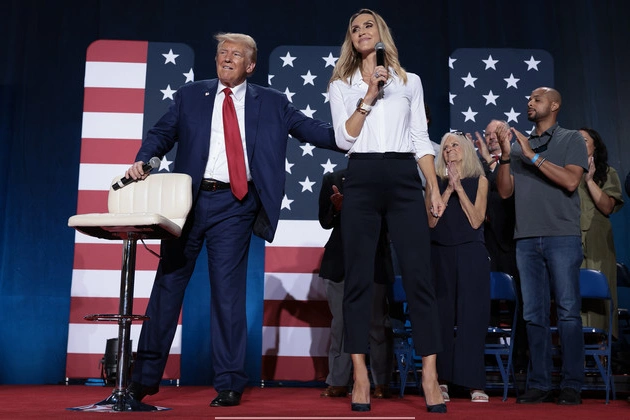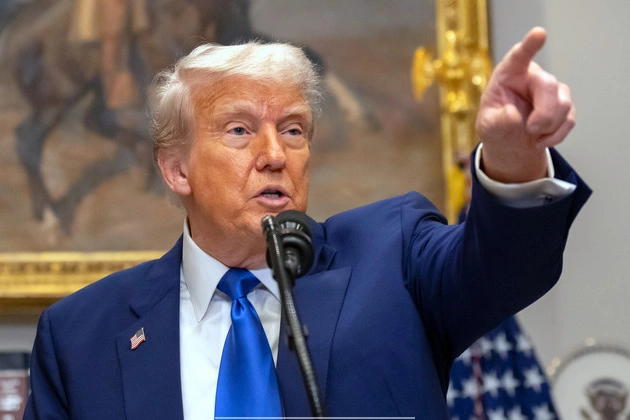
Amid growing resistance in Congress, the White House is exploring alternative approaches to secure approval for DOGE cuts. Originally seeking a formal rescissions package to revoke $9 billion in federal spending, the administration faces significant hurdles on Capitol Hill.
Challenges in Congress
Despite the relatively low threshold for approval in the Senate, with only 50 Republican votes needed, the White House is encountering staunch opposition to its proposed cuts. The impasse reflects broader concerns over the president’s authority to withhold funds without legislative consent.
Extended Timeline and Legal Battles
Recognizing the political realities, the White House is contemplating a more extended timeline for implementing DOGE cuts. This strategic shift aims to navigate the legal complexities surrounding the Impoundment Control Act of 1974, which constrains executive spending powers.
Senatorial Skepticism
Several GOP senators have expressed reservations about endorsing the administration’s proposed cuts, citing concerns about the impact on essential programs. The reluctance to support unilateral reductions underscores the need for bipartisan consensus on fiscal matters.
Future Implications
The reluctance of Congress to back DOGE cuts raises questions about the sustainability of the administration’s cost-saving measures. Without legislative endorsement, the long-term viability of these reductions remains uncertain.
Legal Maneuvers
Faced with congressional opposition, the White House may pivot towards legal challenges to enforce its spending priorities. A potential legal battle over the Impoundment Act could test the limits of executive authority in budgetary matters.
Conclusion
As the debate over DOGE cuts intensifies, the White House confronts a complex landscape of legislative and legal obstacles. The resolution of these challenges will shape the future of fiscal policy and executive power in Washington.






